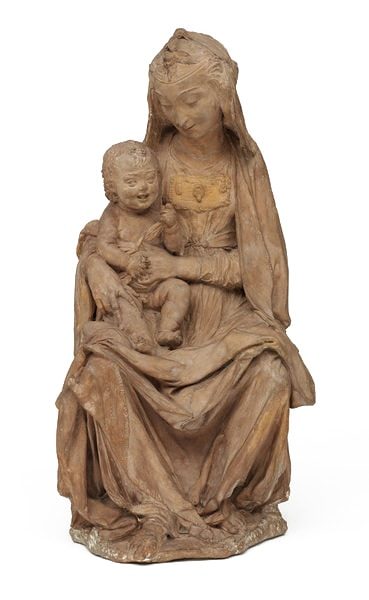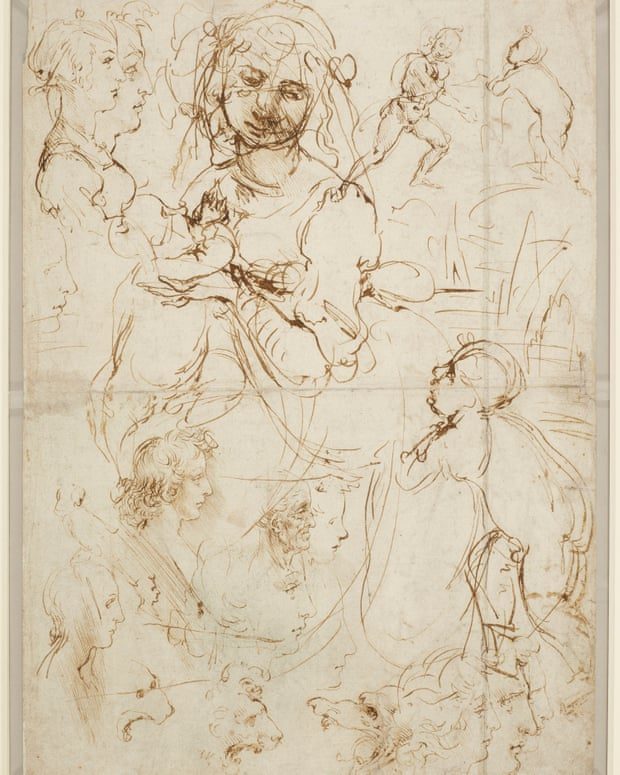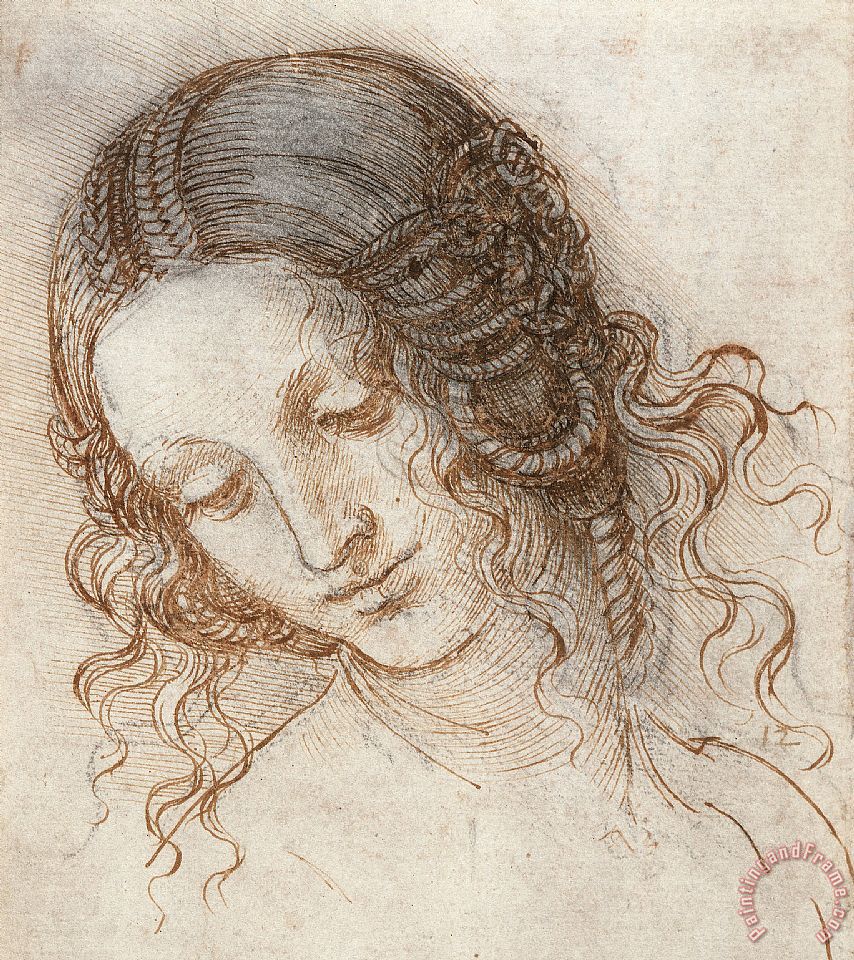Long thought to be a copy of a lost original, veiled with overpainting, Leonardo Da Vinci’s Salvator Mundi sold for a record-breaking $4.3m.
The original renaissance man, Da Vinci is regarded as one of the greatest painters of all time.
Similar to the Salvator Mundi a recently re-discovered sculpture – The Virgin with the Laughing Child is showcasing Da Vinci ability as a sculptor.
The Salvator Mundi in some ways is a much larger find than The Virgin with Laughing Child. However, standing at 50cm, the sculpture equally likable.
But, most shockingly the biggest find of the century is not for sale.
The well-preserved terracotta is simply lovely. Inspired by Verrocchio, the fire-clay piece is labor intensive.
Hard to manipulate, you can practically feel the artist’s fingers shaping the Madonnas tender curls.
The frolicking cupids shaping baby Jesus’ mouth are uniquely Da Vinci.
While it does not rival the Mona Lisa it is clear that this piece shows the beginning stages of Da Vinci. This piece is an insight to 20-year old Da Vinci as he begins to find himself, and his artistic voice.
Young Da Vinci: a visionary artist

Clearly, in his early stages, it is evident that Da Vinci was a visionary.
A laughing baby Jesus is virtually unheard of in the 15th century.
Unlike his colleagues, Da Vinci broke with tradition and chiseled Madonna and child pleasantly.
Da Vinci chose to create a sculpture of the infant as happy and joyful and.
Later, Da Vinci states in his journals that this would be a point of contention for him. Undeterred, he would continue to paint Jesus as a cheerful child playing with a baby lamb, or his playmate John the Baptist.
As the only surviving sculpture it has naturally become an international sensation. Experts in the UK have a special interest in the piece. Former British Museum director John Pope-Hennessy was disillusioned at the time, and therefore, incorrectly identified the piece.
The recent reexamination of the piece will serve as clarification and above all, it credits the correct artist. Shedding fresh light on the sculpture is Francesco Caglioti, an Italian academic who is leading the new attribution.
Caglioti a professor at Naples University, is also renowned among Renaissance experts for his unparalleled mastery of 15th-century sculptures. In addition to his many accolades, he is also an art history prodigy. Completing a catalog of the Musee du Louvre when he was eight years old.
He shares a special interest in the sculpture with other captivated art historians.
The cryptic smile of Virgin Mary
According to Caglioti – 19th century Victorians had no difficulty seeing the sculpture as a true Da Vinci. Noticing the obvious cryptic smile chiseled into The Virgin Mary face as she looks down on the Christ child in her lap. Clearly, that look is the prototype for the smile that has captivated millions the world over – The Mona Lisa.
Pope-Hennessy, a prominent 20th-century art historian proclaimed the sculpture was a Rossellino. Hence laying the matter to rest. Caglioti states there was no real evidence that it was a Rossellino. Declaring, Pope- Hennessy promoted the work as Rossellino “at his whim”.
Supporting the claim was Carmen C. Bambach, of the Metropolitan Museum in New York. Journalists were amazed at the press viewing of Verrocchio: Master of Leonardo. The 50cm- tall clay sculpture is impressive as it sits in its glass case. Caglioti explains his theory to the journalist carefully, on why the sculpture was 100%, Da Vinci to reporters from around the globe.


Similarities between drawings and the sculpture
Armed with a collection of drawings as proof showcased in the Strozzi exhibition – Caglioti and Bambach drew upon the similarities between the sketches and the sculpture. The drapery flowing over Madonna’s legs are similar to the designs and drawings Da Vinci was working on at the time. In addition to the lifelike qualities of the Christ child’s face. All which are overwhelming characteristics of Da Vinci qualities and these are evident over the centuries.
Continuously cautious the Victoria and Albert Museum offers us this: “A potential attribution to Leonardo da Vinci was first proposed in 1899, Professor Caglioti’s study opens up the discussion of its authorship afresh. ”The Virgin with the Laughing Child is unique in dual facets. As the sole surviving sculptor of a genius artist, it has gone unforgivably under the radar until now.
Above all though, this playful sculpture serves as a cheerful reminder that the past still has much to offer us.